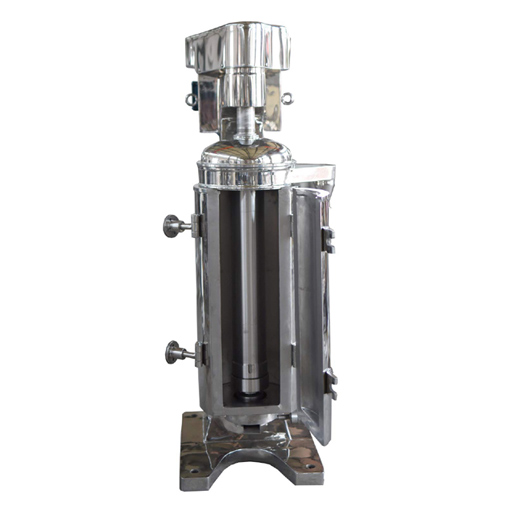Sharples Super Centrifuge / Pennwalt Centrifuge Repair
Take advantage of our expertise and call on our highly qualified service engineers to help you rebuild your Sharples Super Centrifuge / Pennwalt Centrifuge.
We also can produce tubular super centrifuge with good quality and low price.
The mixture continuously enters Tubular Super Centrifuge through an inlet at the base of the machine, into the hollow cylindrical rotor. The rotor turns at 14,000 to 19,000 r.p.m. and generates a centrifugal force in excess of 13,000 to 17,000 times the force of gravity. The smallest lab tubular centrifuge can reach 20,000g. The smallest lab tubular centrifuge can reach 30,000 rpm, 20,000g which is widely used in laboratory, university, or some tests. All wetted parts can be sterilized by autoclave or tubular centrifuge also can be produced for CIP.
This force separates the two liquids according to their specific gravities into concentric cylindrical layers, and the solids are deposited against the rotor wall.
The separated liquids are continuously displaced upwards by the incoming mixture, and discharged through their respective outlet ports at the top of the rotor. The layer of accumulated solids that builds up on the rotor wall is cleaned out when the centrifuge is shut down.
This particular rotor was designed to separate two liquids and to remove suspended solids, simultaneously - and it is known as a 'tubular separator'.
There are, however, many applications where only the removal of suspended solids from a single liquid is required. Super centrifuge for such applications are provided with but one set of discharge ports and are called 'tubular clarifiers'.
bio-equip.cn




